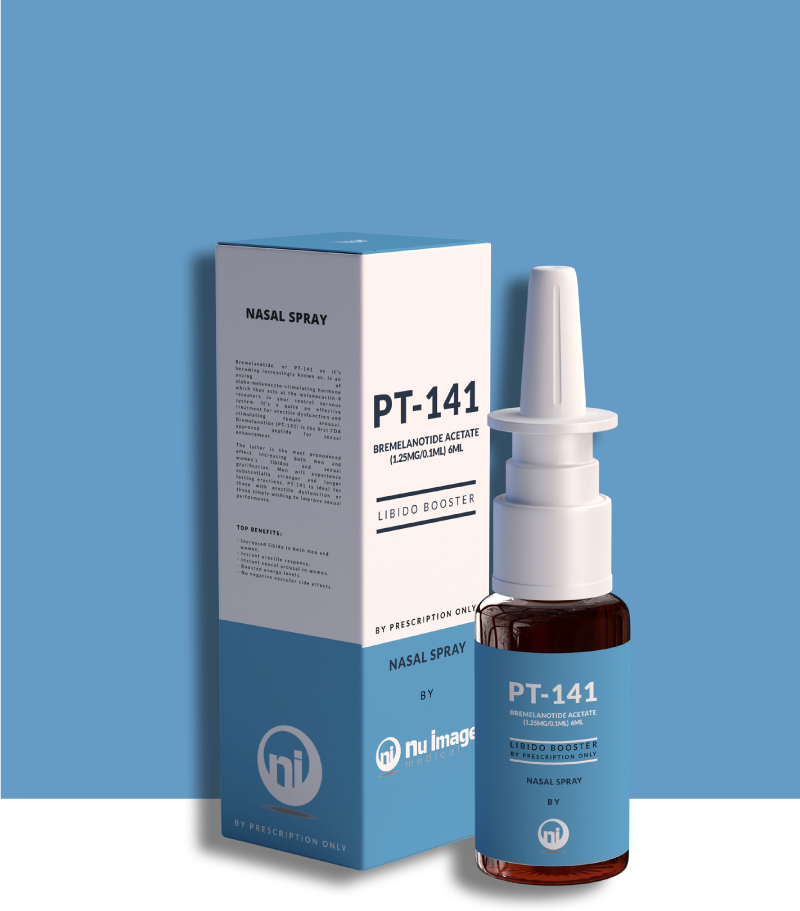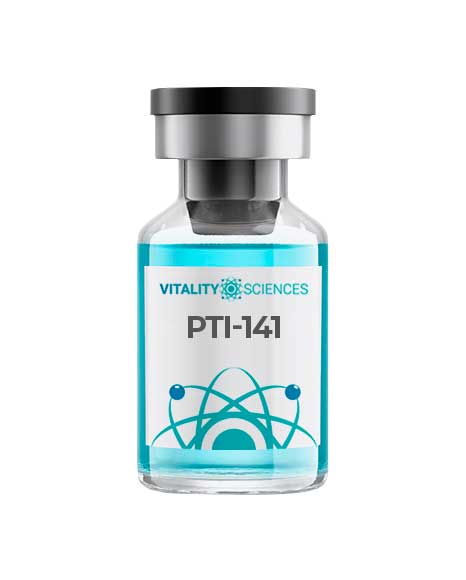
Rekindling Need: Pt-141 Peptide For Ladies
Targeting Circuits Of Sexual Desire As A Treatment Strategy For Hypoactive Libido Condition
The classic hypothalamic-pituitary-adrenal axis is an adverse comments neuroendocrine path that is important for the systemic action to external or interior tension. Arising evidence has shown that a fully functional cutaneous comparable takes part in the response of skin to regional stress and anxiety in addition to various other homeostatic contexts (Slominski and Wortsman 2000; Zbytek et al., 2006; Slominski et al., 2000, 2007, 2012). https://storage.googleapis.com/pharma-marketing-strategies/Pharma-cybersecurity/product-management/pt-141-to-improve-bad-libido-and-sexual.html This local system can modulate the feature of skin and follicular melanin systems following UVR direct exposure and keep or bring back immune privilege in hair roots. In the tanning path, the epidermal melanin device included the keratinocyte and melanocyte can be recognized as a functional matching of the hypothalamic-pituitary-adrenal axis in the skin. Hypoactive Libido Disorder (HSDD) is defined by a consistent lack of libido.
Physiology Of Erectile Feature


- Checking out the harmony in between sermorelin and ipamorelin, this study looks into their combined potential to raise development hormone degrees significantly, therefore influencing muscle mass and body fat composition.
- To achieve this, the healthy protein RhoA activates Rho-kinase, which in turn deactivates MLCP by phosphorylation.
- The mean regularity of intercourse enhanced to 2.2 each week from 1.2 at baseline in the bremelanotide group.
- The effects of PT-141 can take anywhere from 45 mins to two hours to be existing, and they can last anywhere from about 2 to 4 hours after management.
Collagen fibers, created by fibroblasts, are arranged alongside the skin surface area. This gives the skin a high tensile toughness and prevents it from being torn by over stretching. In contrast, elastin constitutes regarding 5% of the dermis, and provides the skin with elasticity and strength. Elastin fibers are arranged as a thinly distributed subepidermal network and are likewise produced by fibroblasts.
How To Begin With Peptides At Centerpiece Vigor
AOD-9604 or "anti-obesity drug" is an FDA approved peptide for targeted weight loss and lean bodybuilding. This peptide has the unique capacity to target locations of the body where there is an abnormally high level of fat cells and stimulates the devastation of fat cells. The around the world market value of ED was $3.2 billion in 2006, with the US market being in charge of two-thirds of international sales. In this article we assessed the existing ED market and vital or promising targets for medicinal treatment for ED. A wide array of molecular targets have been recognized and unique interest has been given to substances that bypass the demand for endogenous NO manufacturing, among the concept limitations of presently readily available dental ED drugs.
Thus, estrogen signalling has a role in keeping the structural integrity of the endothelium, although this has not yet been shown in the penile endothelium. However, the expression of Emergency rooms within the vasculature of the rat penis raises this possibility [Jesmin et al., 2002] Reflexogenic stimulus involves excitement of the dorsal nerve (Fig. 1), a sensory somatic nerve fiber in the penis, which passes on messages to the spine erection centres via the pudendal nerve [de Groat, 2017] Subsequently, efferent nerves from the spine innervate the cavernous nerve as defined for the psychogenic action above. Individuals with spinal cord injury above the sacral pathways preserve erectile feedbacks, demonstrating the significance of the reflexogenic reaction in erectile function [Courtois et al., 1993]
Mc Receptor Antagonists
Control of MC receptors might supply an option, centrally mediated restorative strategy for erectile and other sex-related disorders. The non-specific "superpotent" MC agonist, PT-141, which is the carboxylate derivative of MT-II, has reached stage II human tests. With their centrally mediated activity, melanocortin agonists have potential to deal with erectile dysfunction along with possible applications to the unmet clinical needs of reduced sexual inspiration and loss of libido. The device of noradrenergic-induced smooth contraction involves the increase of intracellular Ca2+ focus (Fig. 7). This is demonstrated by the reduction of NA-induced tightening of the human corpus cavernosum/spongiosum in vitro by either elimination of extracellular Ca2+ or administration of Ca2+ network blockers [Fovaeus et al., 1987] On top of that, smooth muscle mass cells of the rabbit corpus cavernosum exhibit raised Ca2+ concentration list below exposure to NA in vitro while an α1-adrenoreceptor antagonist prevents the rise of Ca2+ focus in these cells [Sato and Kawatani, 2002]